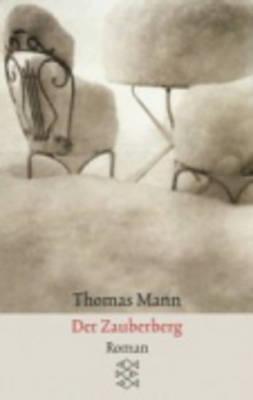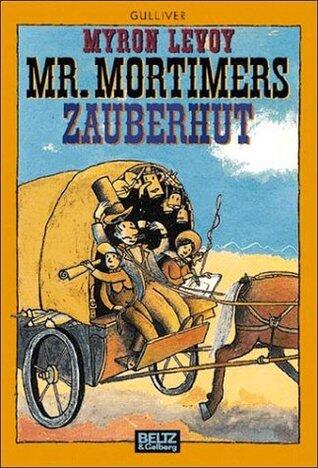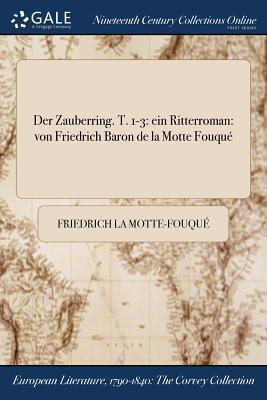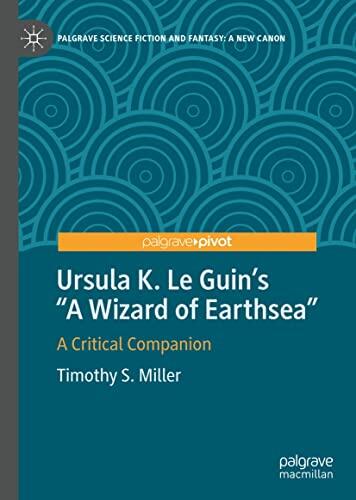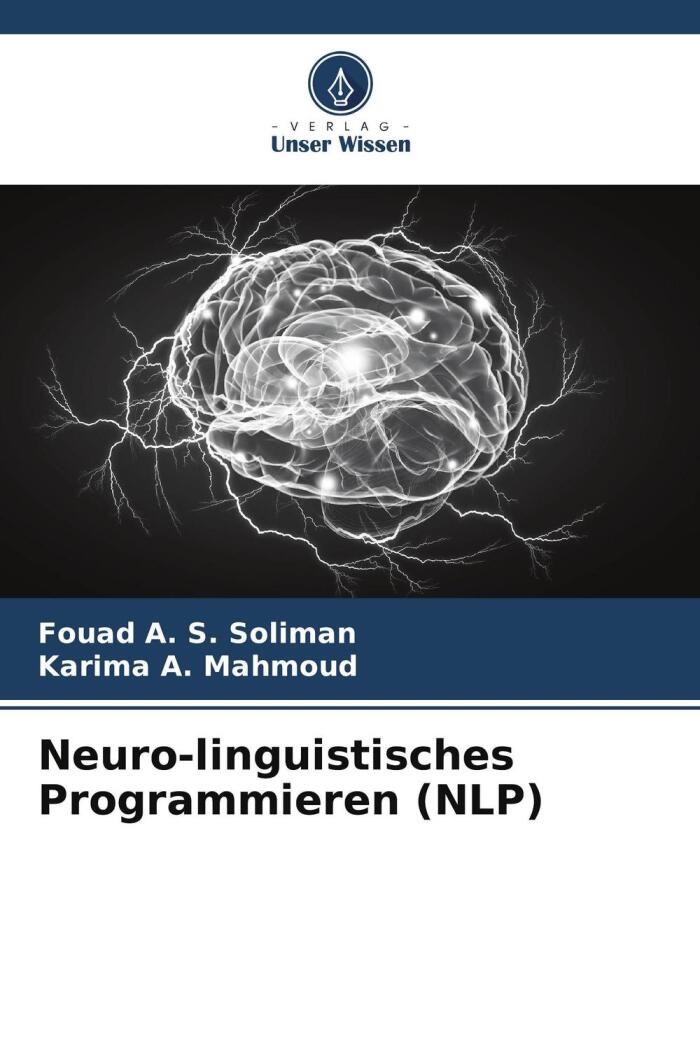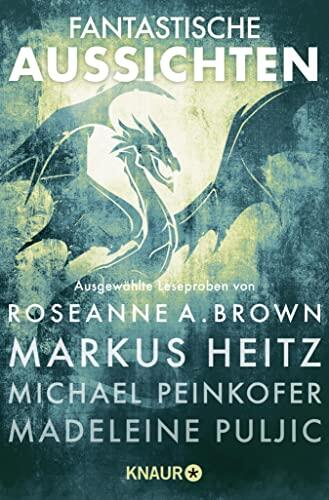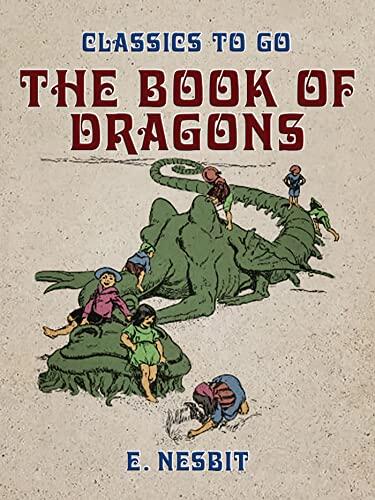
Die Zamonien-Romane von Walter Moers als zeitgenössische Vertreter der Gattung Fantasy
작성자
Mario Fesler
아직 평점이 없습니다
Fantasy
형식
킨들
페이지
114
언어
독일어
출판됨
Jun 9, 2008
출판사
GRIN Verlag
ISBN-10
3638062104
ISBN-13
9783638062107
설명
Mario Fesler’s work delves into the fantasy genre through the lens of Walter Moers’ Zamonien series, critically examining how these novels embody contemporary elements of the genre. Fesler meticulously analyzes the rich tapestry of Moers' fictional landscape, exploring its unique blend of whimsy, satire, and intricate world-building. The study highlights the author’s innovative storytelling techniques and the intricate interplay between text and illustrations that define the Zamonien works.
Fesler positions Moers as a significant figure within modern German literature, drawing parallels between his narratives and broader trends in fantasy storytelling. By dissecting thematic motifs and character development, the analysis reveals how Moers breathes life into his fantastical realms, offering reflections on reality through absurdity and humor. The work is not only a testament to Moers’ impact but also serves as a broader discussion on the evolution of genre conventions in contemporary fantasy.
This scholarly exploration encourages readers to appreciate the depth and creativity inherent in Moers' writing. Through a close examination of language, style, and narrative structure, Fesler presents a comprehensive view that invites both fans of fantasy and those interested in literary studies to engage with Moers' work on a deeper level, fostering a greater understanding of his contributions to the genre.
Fesler positions Moers as a significant figure within modern German literature, drawing parallels between his narratives and broader trends in fantasy storytelling. By dissecting thematic motifs and character development, the analysis reveals how Moers breathes life into his fantastical realms, offering reflections on reality through absurdity and humor. The work is not only a testament to Moers’ impact but also serves as a broader discussion on the evolution of genre conventions in contemporary fantasy.
This scholarly exploration encourages readers to appreciate the depth and creativity inherent in Moers' writing. Through a close examination of language, style, and narrative structure, Fesler presents a comprehensive view that invites both fans of fantasy and those interested in literary studies to engage with Moers' work on a deeper level, fostering a greater understanding of his contributions to the genre.
